Saturday, July 26, 2008
Albuquerque Journal North
Journal Staff Writer
"It's a water free-for-all.
That's what the state engineer says of an increasing number of deep wells that are being explored by various public and private entities.
Atrisco Oil and Gas LLC, a company formed to manage the mineral rights of Atrisco Land Grant heirs and other shareholders, this week reported it has discovered a deep reservoir of brackish water under the West Mesa, more than 6,000 feet down in an area between the volcanos and the Rio Puerco north of I-40. This week, the company filed a notice of intent with the Office of the State Engineer to appropriate 12,000 acre-feet a year from 35 potential wells on a 50-square-mile parcel where it believes the water is contained. It filed the claim after hitting the water in a well that was being used to explore for natural gas.
And about a week earlier, Commonwealth Utilities Corp., a Moriarty-based utilities company, filed a notice of intent to appropriate 110,000 acre-feet a year from a well it has yet to sink at a location on the Southwest Mesa. The notice also states the well would be connected to a desalination plant at some point in the future.
A similar brackish water supply was found in Sandoval County about a year ago when the county, in partnership with a private company, drilled two exploratory wells. The county is just now starting tests to determine the quantity and quality of the water it found about eight miles west of Rio Rancho in the Rio Puerco Basin. Those tests should be completed in November. The county has said it will consider a desalination plant if there is enough water to supply municipal areas, such as Rio Rancho, Bernalillo and Corrales.
El Paso is the nearest city with an operational desalination plant. It processes both groundwater and water from the Rio Grande. The plant opened in 2007 and cost about $87 million.
Tests needed.
At a news conference Friday, Atrisco CEO Peter Sanchez said preliminary tests show that the water from the reservoir his company is tapping is only mildly salinated and potentially could be turned into drinking water.
"We think we can treat the water using standard desalination techniques and convert it into potable-quality water," Sanchez said." More>>>>

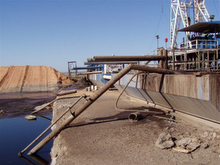



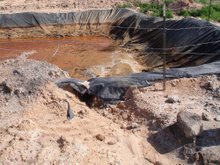


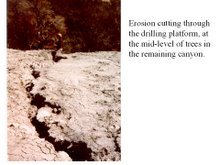

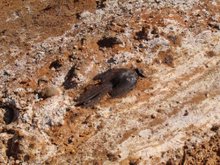
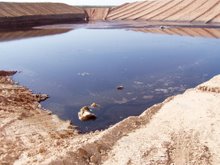
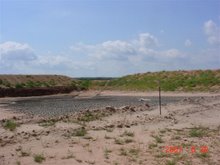
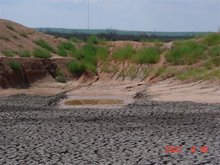

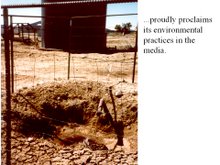
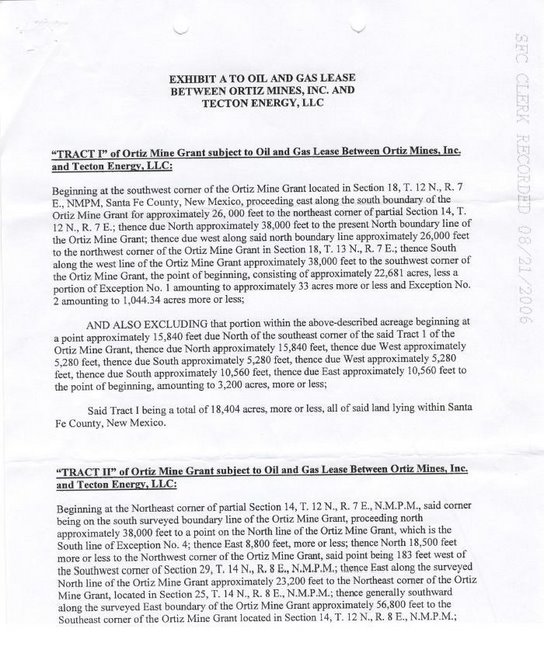
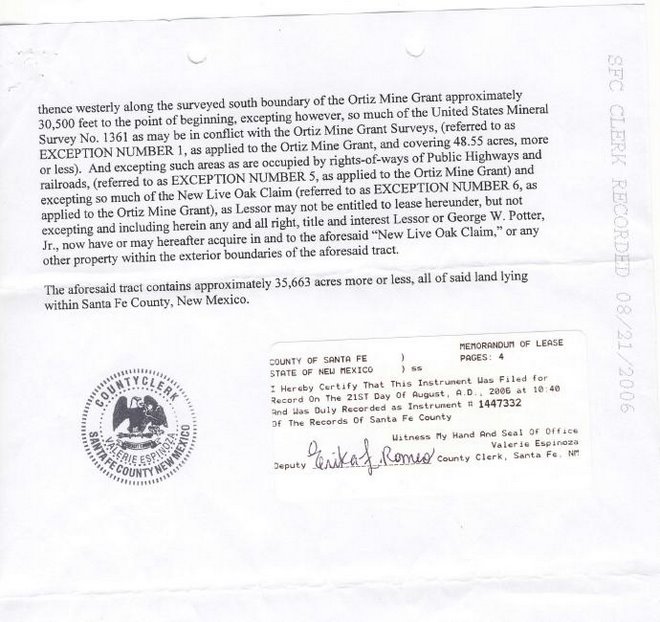




No comments:
Post a Comment